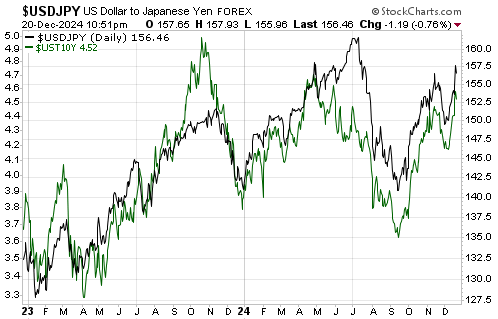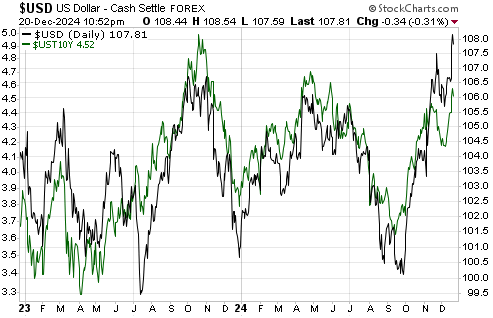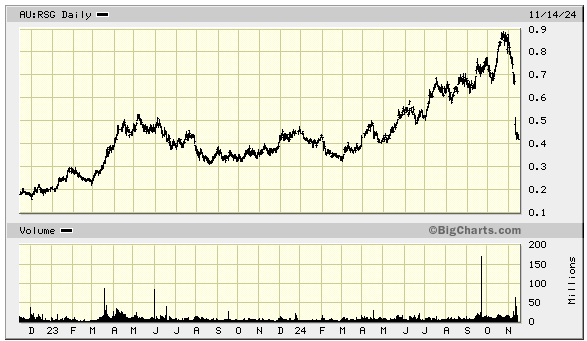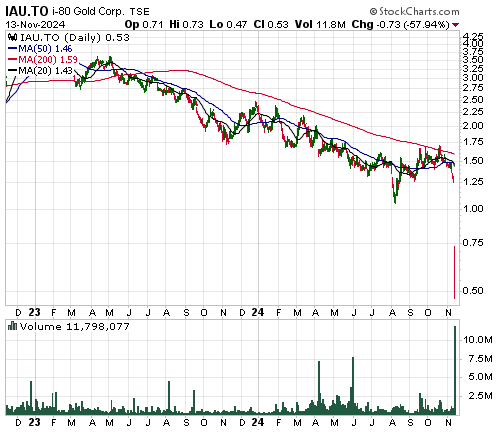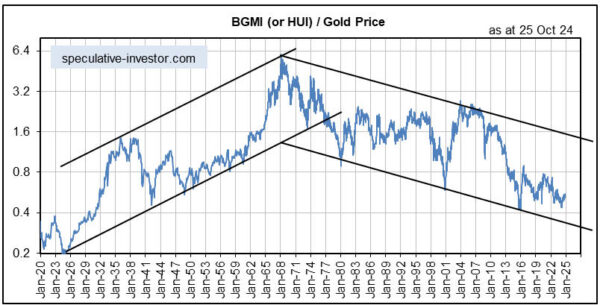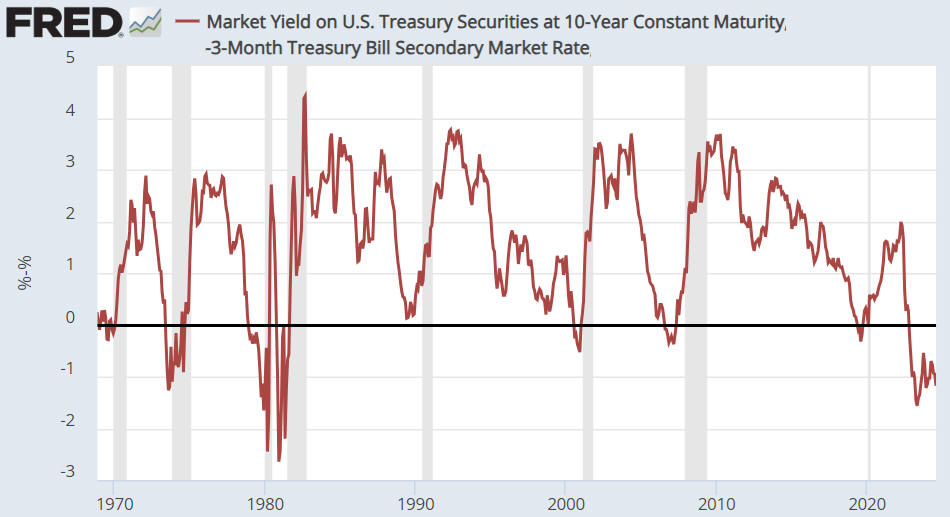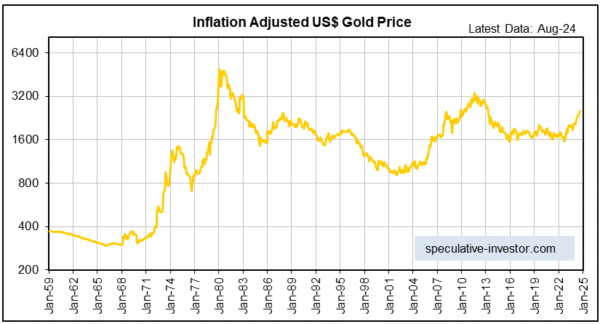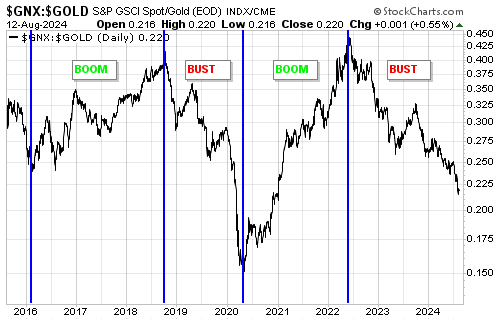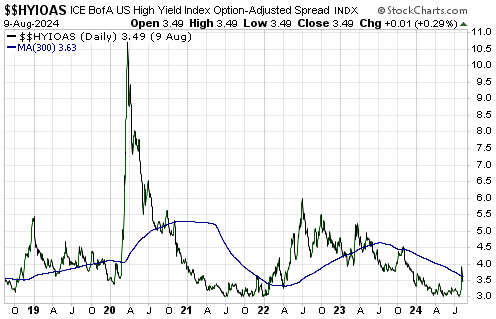[This blog post is an excerpt from a commentary published last week at www.speculative-investor.com]
The war between Russia and the NATO-supported Ukraine that began almost exactly three years ago with Russia’s invasion of its neighbour, is one of the more stupid and unnecessary wars of the past century involving the US and/or Europe. It’s likely that this war never would have begun had there been formal acceptance on the parts of the major Western powers that Ukraine would remain neutral, that is, that Ukraine would never be part of NATO. Instead, the push to make Ukraine part of NATO that began in 2008 continued, with the result that millions of Ukrainians have been killed or lost their homes and a lot of Ukraine’s infrastructure has been destroyed. With negotiations now underway between the US and Russia governments, what are the chances that this unnecessary and devastating conflict will end within the next few months?
The short answer is that we can’t quantify the chances, but it’s clear that while it won’t be easy to arrive at a settlement there are strong incentives for both sides to end the fighting. The incentives for Ukraine and NATO are:
1) Stop the loss of Ukrainian lives and property.
2) End the costly transfer of military support to Ukraine — support that is achieving nothing other than prolonging the agony.
3) Prevent Russia from gaining more of Ukraine than it already has, the reality being that the longer the war goes on the more Ukrainian territory will be lost and the closer Ukraine will be to a complete military collapse.
4) Prevent Russia from becoming a bigger military threat to Europe. A large part of the official justification for NATO’s involvement in the war was to prevent Russia from threatening other parts of Europe, but at the outset of the war it was clear that Russia posed no military threat whatsoever to NATO. This was evidenced by the incompetence demonstrated by Russia’s armed forces during the first six months of the war. However, one of the unintended and ironic consequences of this war is that it has resulted in Russia’s military becoming much larger and more capable than it was, that is, it has resulted in Russia becoming a much bigger threat than it otherwise would have been. Furthermore, it’s likely that the longer the war continues, the stronger Russia will become militarily.
5) For the Trump Administration, there is the incentive of making good on a campaign promise and the fact that if the war were to continue beyond this year it would become as much Trump’s war as Biden’s war.
The Russian government also has incentives to bring the fighting to an end. They are:
1) End the massive transfer of resources from the broad economy to the war effort. Although Russia’s government has taken steps to keep a lot of the war-related costs off its own books, the war is creating major problems for the Russian economy. The most visible of these problems is rapid price inflation, which is causing the central bank to maintain its targeted interest rate at 21%. The longer the war goes on, the greater will be the wealth destruction within Russia. Putin almost certainly realises this.
2) End the sanctions that are making it more costly for Russian companies to export and limiting Russians’ access to imports.
3) Reduce the political risk for the current leadership. The longer the war goes on and the more distorted Russia’s economy becomes as a result, the greater the risk to Putin.
The incentives are there, but ending the war still will be difficult because the only deal that will be possible now will be worse, from a Ukrainian/Western perspective, than the deal that was rejected by Ukraine, at the behest of the US and the UK, a month after the war started. Increasing the degree of difficulty is that the bulk of the analysis of the war disseminated by the Western media is unrealistic. According to much of what is seen/read in the West, if ‘we’ can keep the costly military support for Ukraine going for a little longer, then Russia may be defeated. If not, then the Russian expansion won’t stop with Ukraine.
For the West, we think that being realistic involves accepting that:
1) Ukraine will never become part of NATO.
2) There will be no NATO ‘peacekeeping’ troops in Ukraine.
3) Most of the Ukrainian territory that has been taken by Russia up to now will stay with Russia.
And for Russia, we think that being realistic mainly involves accepting that Ukraine, as an independent country, will be free to elect its own government and maintain its own military. Also, although Russia will not accept Ukraine being in NATO, it may have to accept Ukraine being in the EU.
Hopefully the war, and along with it the bloodshed and destruction, will end within the next few months. Shortly after it does end, the rebuilding of Ukraine will begin. The rebuilding effort will, we think, be bullish for most industrial commodities.
 Print This Post
Print This Post

